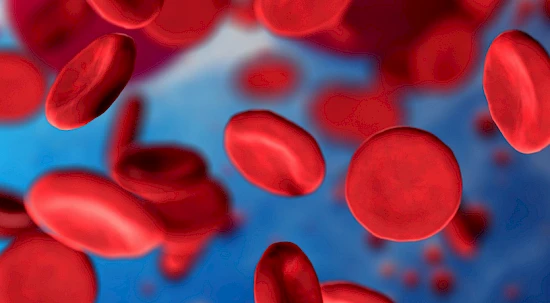-
Centres
back
Centres
- Specialties
- Maternity
- Doctors
-
Patients & visitors
- About us
-
Centres
back
Centres
- Ambulatory for Anxiety and Stress Symptoms
- Ambulatory for Facial and Foot Reflexology
- Ambulatory for Genetic Medecine
- Ambulatory for Haematology
- Ambulatory for Traditional Chinese Medicine
- Ambulatory for Wound Care and Stoma Therapy
- Centre for Pelvic Perineology
- Centre for Senology
- Centro di cura dell'obesità
- Centro Linfedema e Lipedema
- Emergency for Obstetrics
- Emergency service
- Medi Centre
- Medicentro Pediatrico
- Specialties
- Maternity
- Doctors
-
Patients & visitors
back
Patients & visitors
- About us
close search





